Unmasking the Greatest Masked Musicians Ever
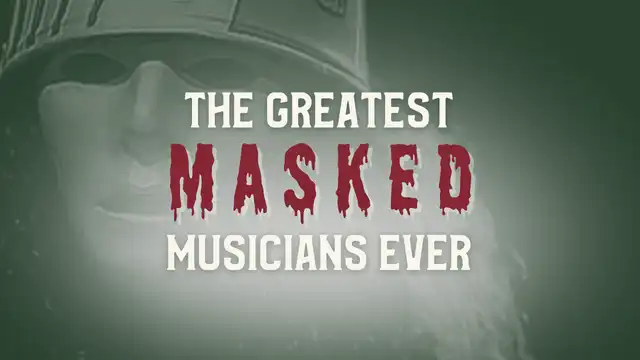

At time of writing, it's October, and that means mystery is in the air. Leaves are falling, jack-o'-lantern grins are glowing, and Halloween-fans are leaning into the thrill of the spooky, the mysterious, and the promise of dress-up.
In music, anonymity and theatrics have long walked hand-in-hand with creativity. After all, there’s something about a mask—or a face hidden beneath layers of paint—that makes a performance larger than life.
Masked musicians occupy a fascinating space: simultaneously revealing and concealing. They free themselves by embracing a heightened, fictional persona, and the imagery of their alter-ego can be as iconic as their music.
The roots of this tradition stretch back to the vaudeville days and early rock theatrics (think Screamin’ Jay Hawkins climbing out of a coffin). By the 1970s, masks and makeup became tools not only of stagecraft but also of identity construction, pushing artists into mythology.
In no particular order, let's celebrate eight of the most legendary disguised musicians and bands of all time. Their stories show that sometimes, hiding your face is the best way to reveal your sound.
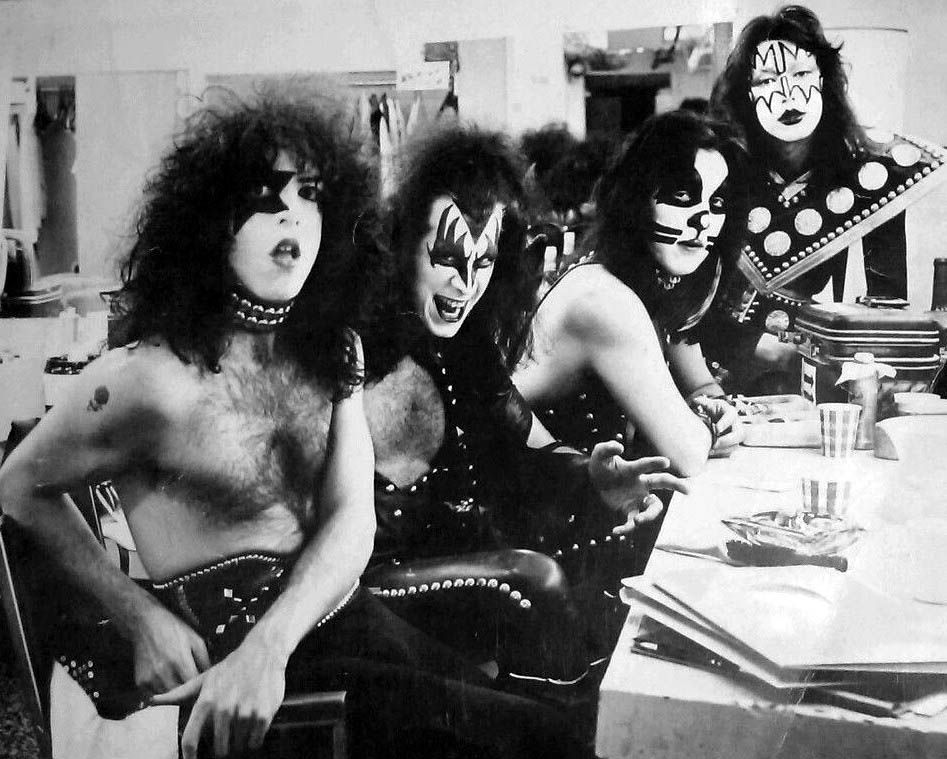
KISS
Formed in New York City in 1973, KISS took the idea of glam rock and multiplied it by a hundred. The face paint, leather, studs, and fire-breathing weren't just for special effects– they were as essential as the music itself.
KISS' particular disguises included Gene Simmons’ Demon, Paul Stanley’s Starchild, Ace Frehley’s Spaceman, and Peter Criss’ Catman, and turned the band into something like a comic book come alive.
Audiences went absolutely wild for KISS, amassing a fan base known as the KISS Army that worshipped the band as larger-than-life superheroes. In 1983, KISS stunned fan by revealing their identities during a special on MTV. However, the makeup eventually returned, proving it was never just for decoration.
Beneath the spectacle, KISS had straightforward but super-effective rock chops. On megahits like "Rock and Roll All Nite" and "Detroit Rock City," not to mention the disco-infused "I Was Made for Lovin' You," Simmons’ thunderous bass, Stanley’s power chords, and Frehley’s spacey solos on his triple-humbucker Les Paul Custom helped define ‘70s arena rock.
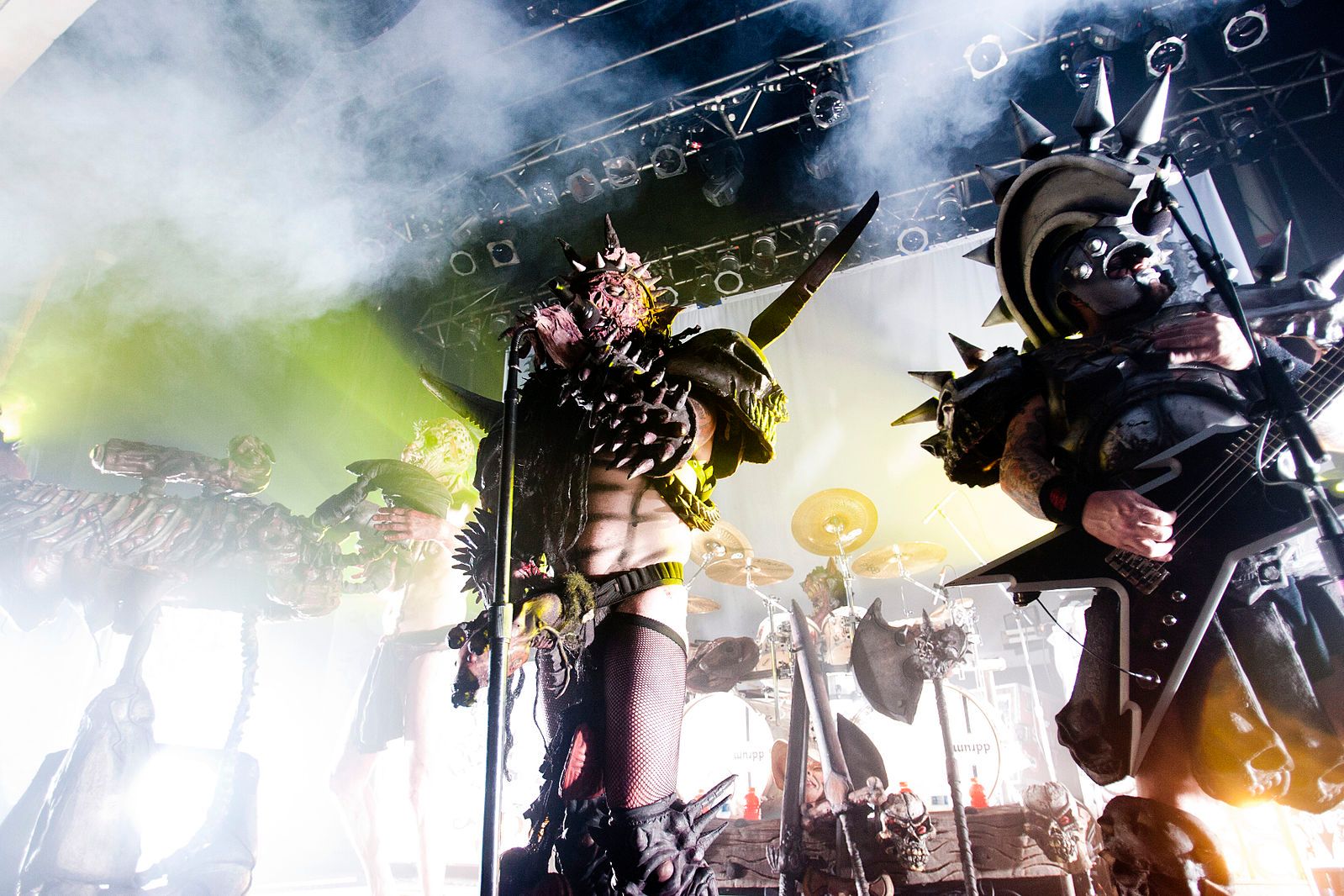
GWAR
Some would call GWAR a band. Others would call them an intergalactic horror freakshow that plays a little music, too.
Active since 1984, GWAR dons downright grotesque latex costumes portraying alien warriors bent on enslaving humanity. Their live shows resemble full blown horror-comedy stage plays, complete with blood cannons.
Fans have long eaten up GWAR's absurdity and the messy, theatrical, gore-soaked performance art of their live shows.
GWAR has had a rotating list of members, but frankly, their human identities have never been all that important. The costumes are the stars, and the characters are putting butts in the seats.
Behind the slime, GWAR is a seasoned thrash-metal band with tunes based on tight riffs from guitarists Cory Smoot (aka Flattus Maximus) and Mike Derks (aka Balsac the Jaws of Death). Their gear leans on high-gain amps like Marshalls and Peaveys, ensuring tunes like "Sick of You" and "Bring Back the Bomb" cut through all those many gallons (literally) of stage blood.
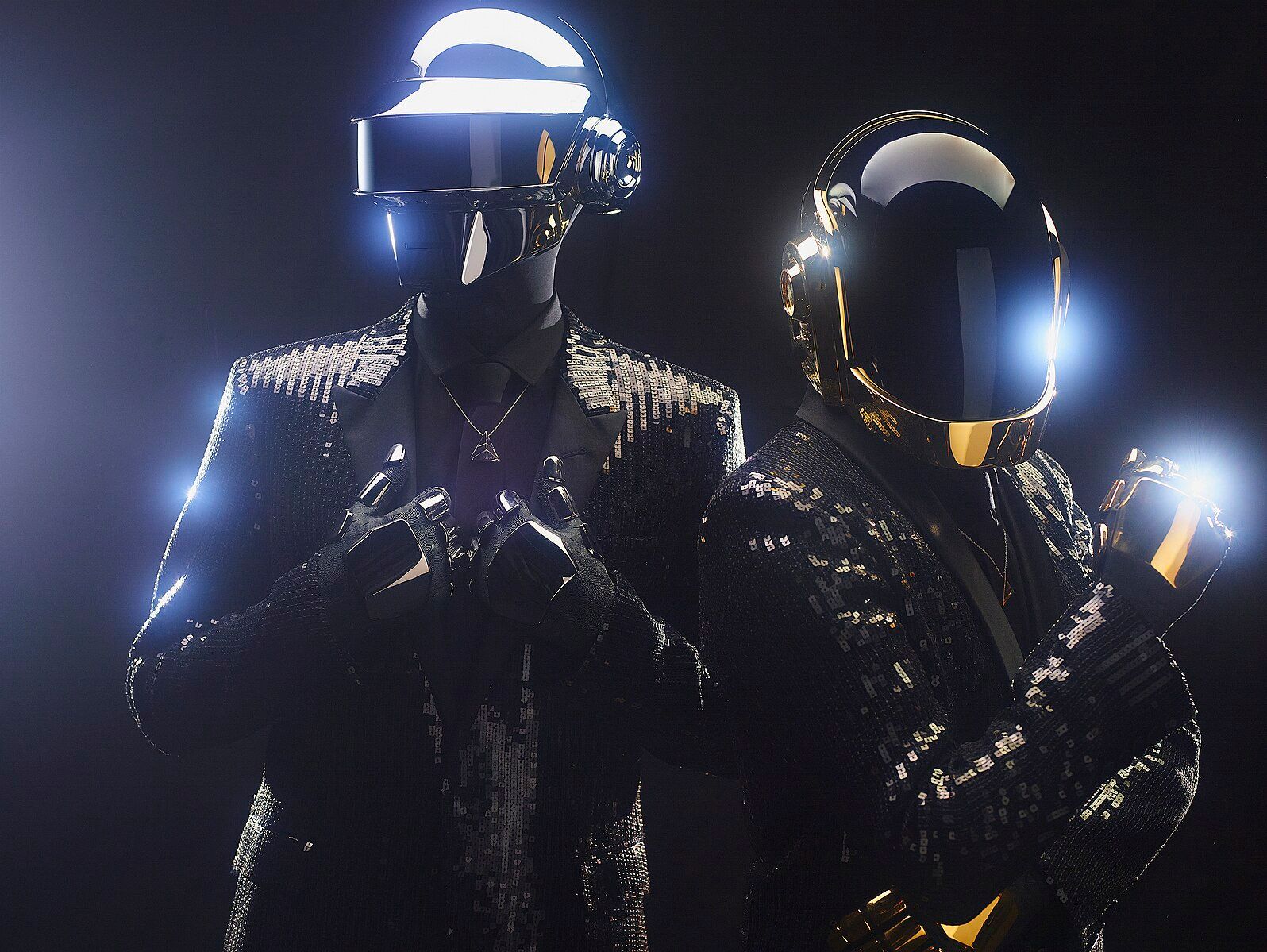
Daft Punk
Possibly the most commercially successful mystery-musicians of all time, Daft Punk became legends in the French house music scene throughout the '90s. By the time they went mainstream, their robotic personas were a facet of their act.
Short of spending hours in makeup or cramming into latex suits, Daft Punk simply dons big, shiny helmets. That's it! And it works brilliantly.
Fans have long revered Daft Punk's anonymity, delighting in their music as though it was being delivered by pop icons from the future. And their helmets made them as instantly recognizable as pervasive global megahits like "One More Time" and "Get Lucky."
While their musicianship is based primarily on electronics, Daft Punk's approach to songwriting often pays homage to guitar heroes, incorporating vintage synths and guitar and bass samples so organically that their music genuinely feels instrumental (check out the "guitar" solo on "Aerodynamic").
While the real-life members of the duo, Thomas Bangalter and Guy-Manuel de Homem-Christo, have occasionally been snapped by paparazzi, most fans preferred the fantasy of Daft Punk, disregarding any breaks in the 4th wall.
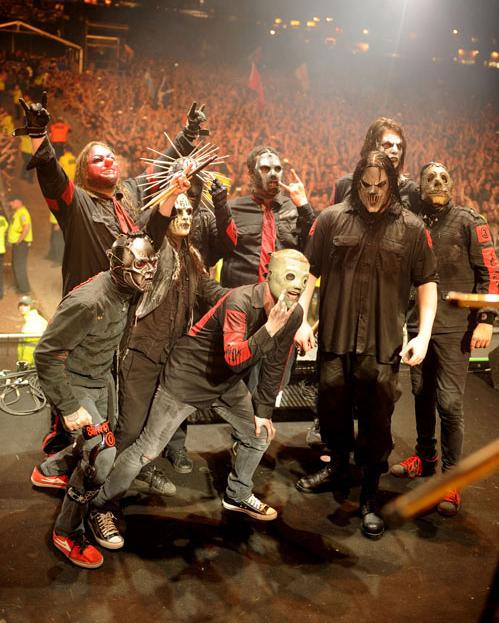
Slipknot
Coming out of Des Moines, Iowa in 1995, Slipknot's overwhelming nine masked maniacs brought utter chaos to the burgeoning nu-metal scene.
Conceptually, each mask is intentionally grotesque and evolving, meant to channel the corresponding members' inner darkness and intensity. At first, some dismissed the band as gimmicky – but then they heard the music. Brutal riffs, polyrhythms, and cathartic decibel-levels defined the band's killer musicianship and demanded to be taken seriously.
Driven by guitarists Jim Root and Mick Thomson, Slipknot's sound is driven by precision and crushing tone produced by (primarily) Fender and Ibanez guitars delivered through Mesa/Boogie amps. The band's original and gone-too-soon drummer, Joey Jordison redefined metal drumming with blinding double-kicks and precision fills. Check out "Wait and Bleed" or "Psychosocial" to hear what we mean.
Tone: Unmasked
Reveal your guitars best sound with some Stringjoy staff favorites.

Stringjoy 10-48 Balanced Light Gauge Signatures - Nickel Wound Electric Guitar Strings

Stringjoy 9.5-46 Balanced Super Light Plus Gauge Orbiters - Coated Nickel Electric Guitar Strings

Stringjoy 11-52 Super Light Gauge Naturals - Phosphor Bronze Acoustic Guitar Strings

Stringjoy 11-48 Classic Medium Gauge Broadways - Pure Nickel Electric Guitar Strings
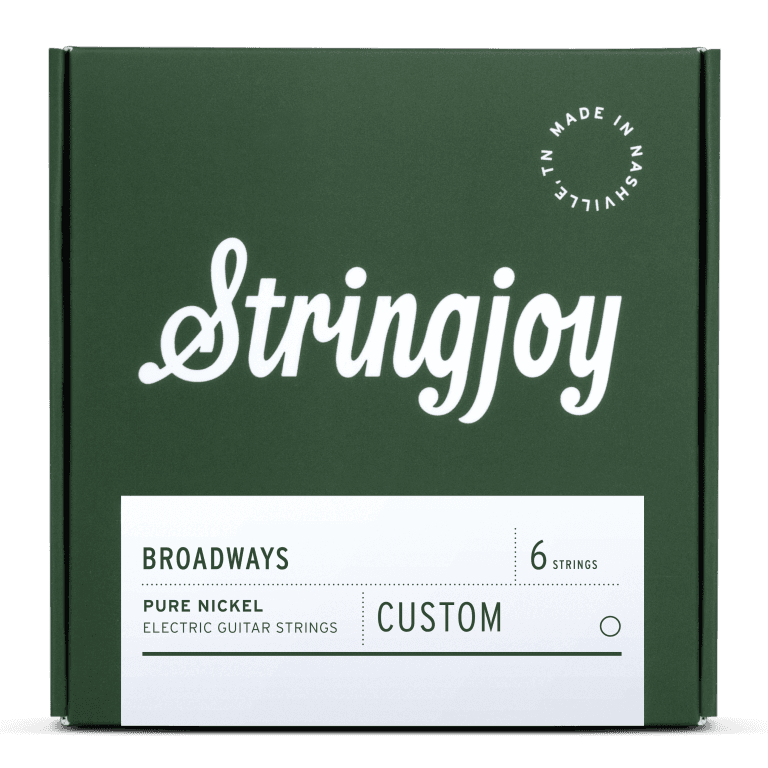
Stringjoy Custom Broadways - Pure Nickel Electric Guitar Strings
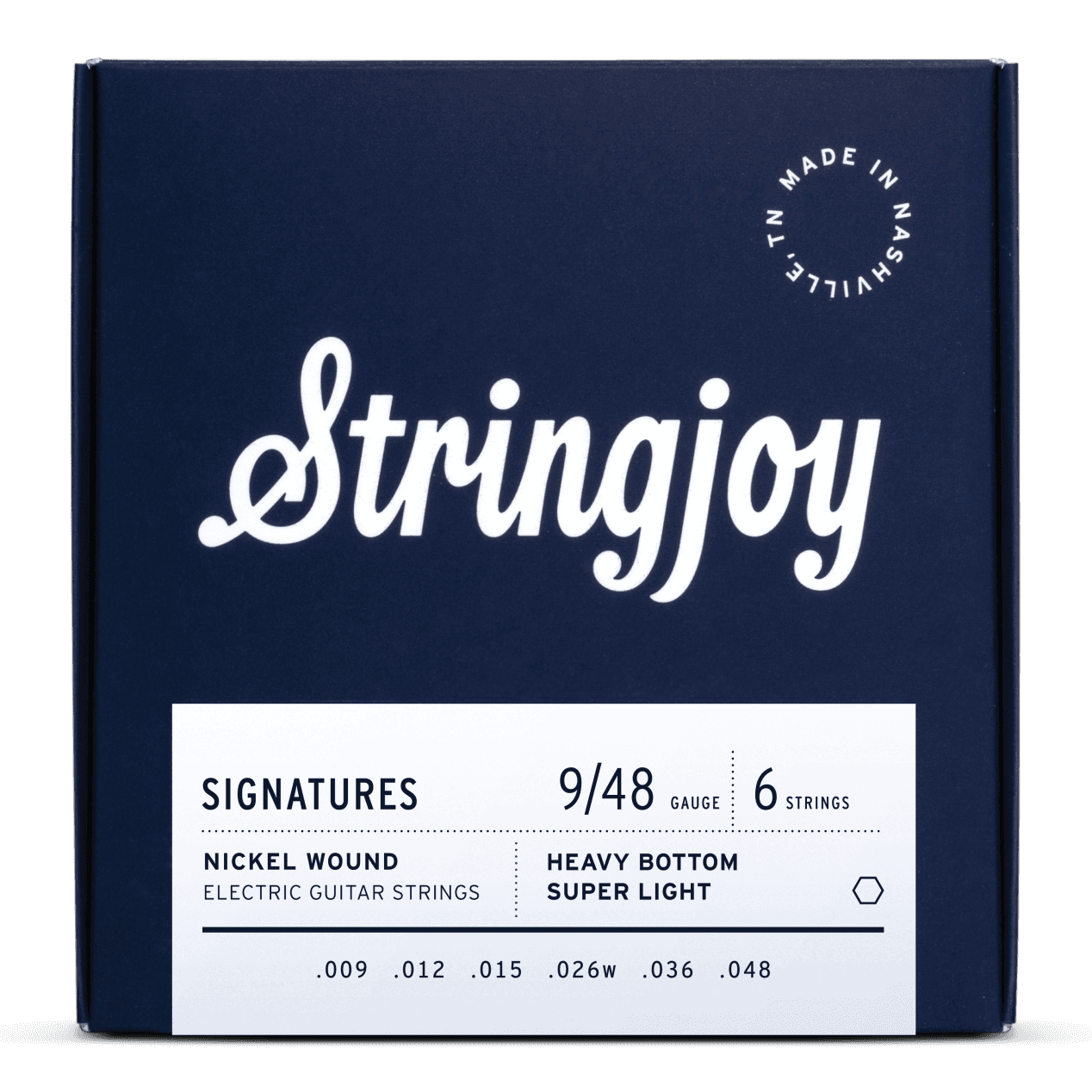
Stringjoy 9-48 Heavy Bottom Super Light Gauge Signatures - Nickel Wound Electric Guitar Strings
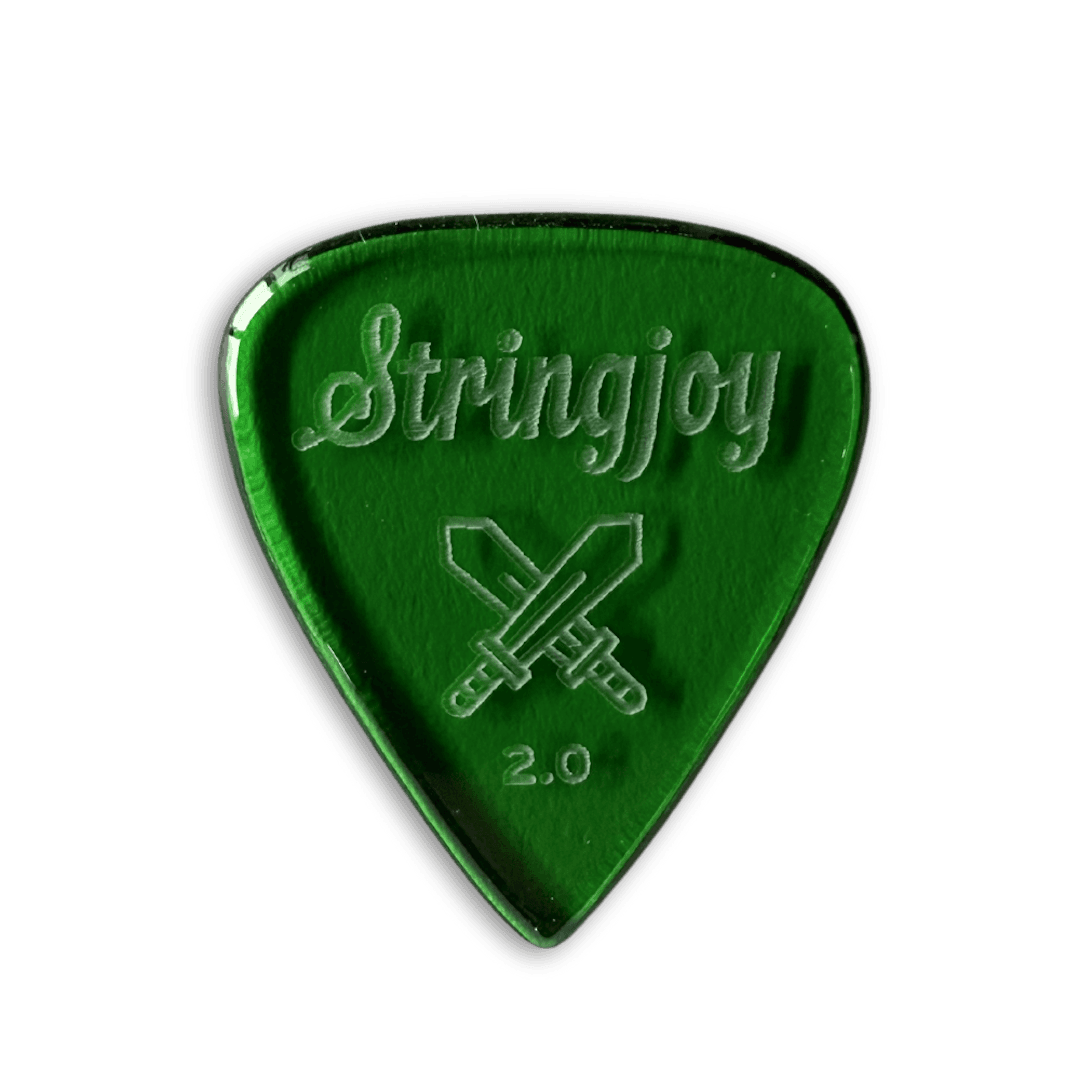
Stringjoy 2.0mm Longsword Acrylic Picks - 2 pack
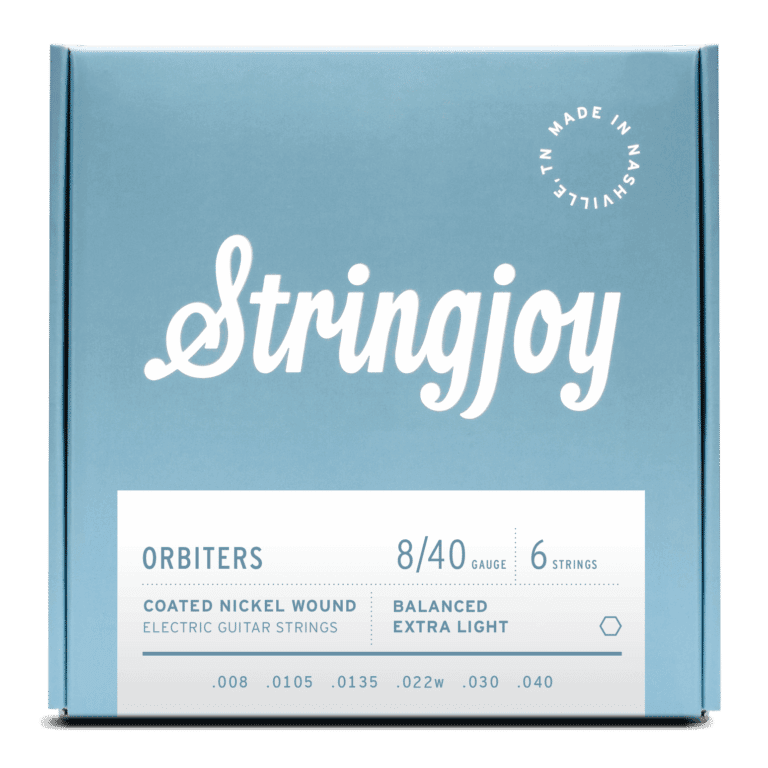
Stringjoy 8-40 Balanced Extra Light Gauge Orbiters - Coated Nickel Electric Guitar Strings
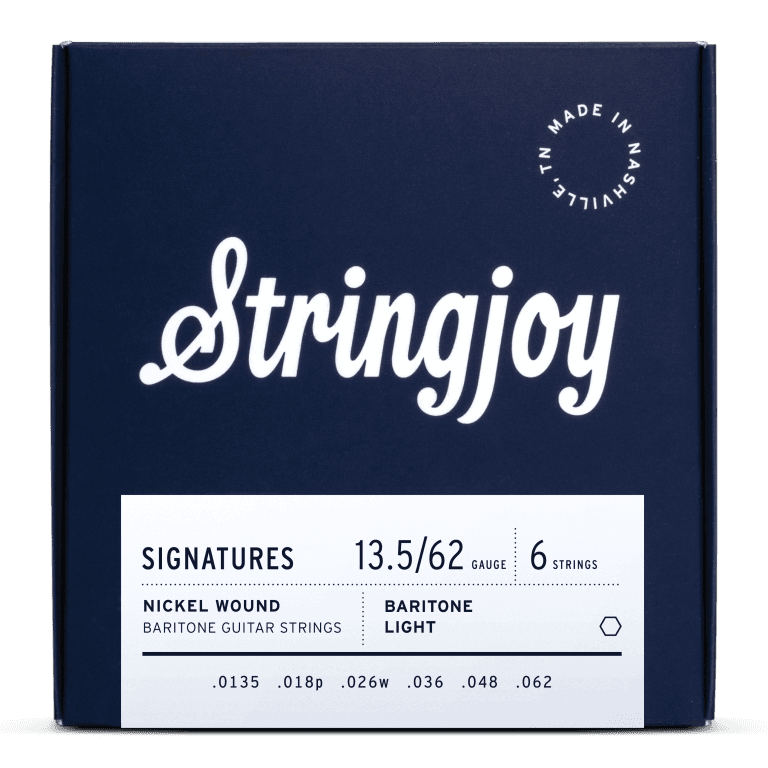
Stringjoy 13.5-62 Baritone Light Gauge Signatures - Nickel Wound Electric Guitar Strings
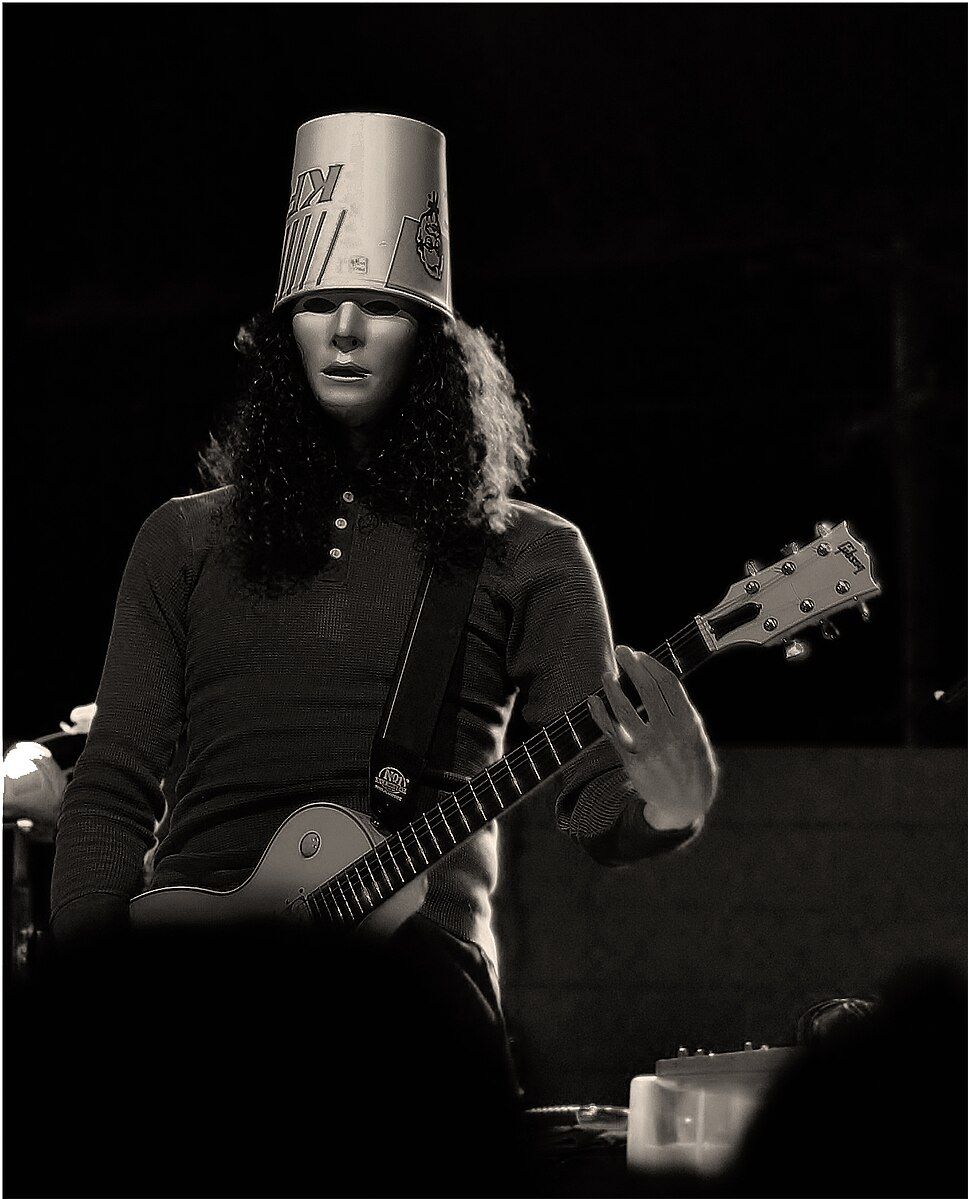
Buckethead
Brian Patrick Carroll, better known as Buckethead, emerged in the late '80s and became revered for his musicianship, chops, and, well, the bucket on his head.
Buckethead was born of visual inspiration from the Halloween franchise's chief antagonist, Michael Myers, and... KFC. But Carroll doesn't wear a mask to hide his shame - he is a truly gifted guitarist. Early on he even worked the competitive shredding circuit and was lauded by editors of Guitar World for his "post-Paul Gilbert speed and accuracy" and "harmonic sensibilities."
Buckethead has appeared on hundreds (we mean hundreds) of albums, performing solo as well as as a hired gun in collaboration with artists from Bootsy Collins to Guns N' Roses.
While Carroll's IRL identity has become well known, the bucket plus his chops are what seal the deal for fans who view him as a mythic figure. If he weren't a virtuoso, the bucket would just be silly. But, it's not. Blending shred, funk, avant-garde, and even acoustic styles, Buckethead often plays custom Gibson Les Paul-style guitars with oversized frets and killswitches for stutter effects. Key tracks include "Jordan" and "Soothsayer."
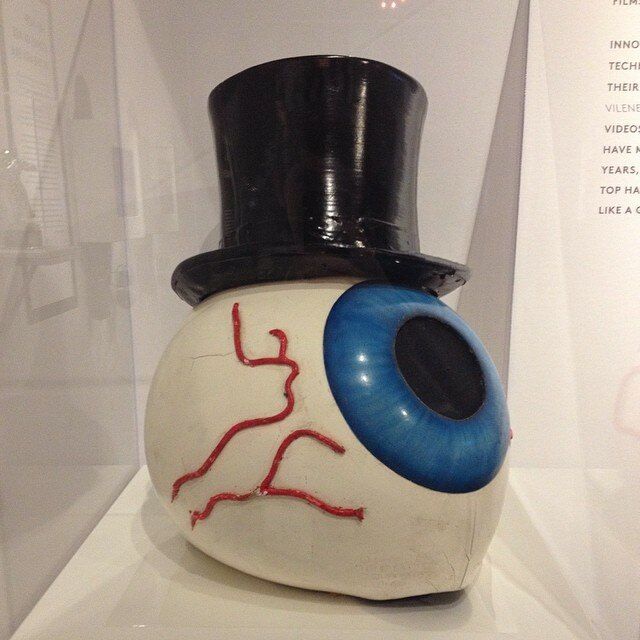
The Residents
More of a deep-cut, The Residents have been one of music's great mysteries for about half a century. Emerging in the early '70s, their tuxedo+eyeball mask combo became iconic... and surreal.
Known as a collective and art rock band, The Residents focus on avant garde music that leans heavily on experimental tape loops, synths, and other unconventional instruments. Think less about shredding... and more about reimagining sound itself.
Despite their bizarre sound and aesthetic, The Residents have maintained cult-like status for decades, while their members' identities have remained unknown all the while. Check out "Constantinople" and "Hello Skinny" for a taste of the weirdness.
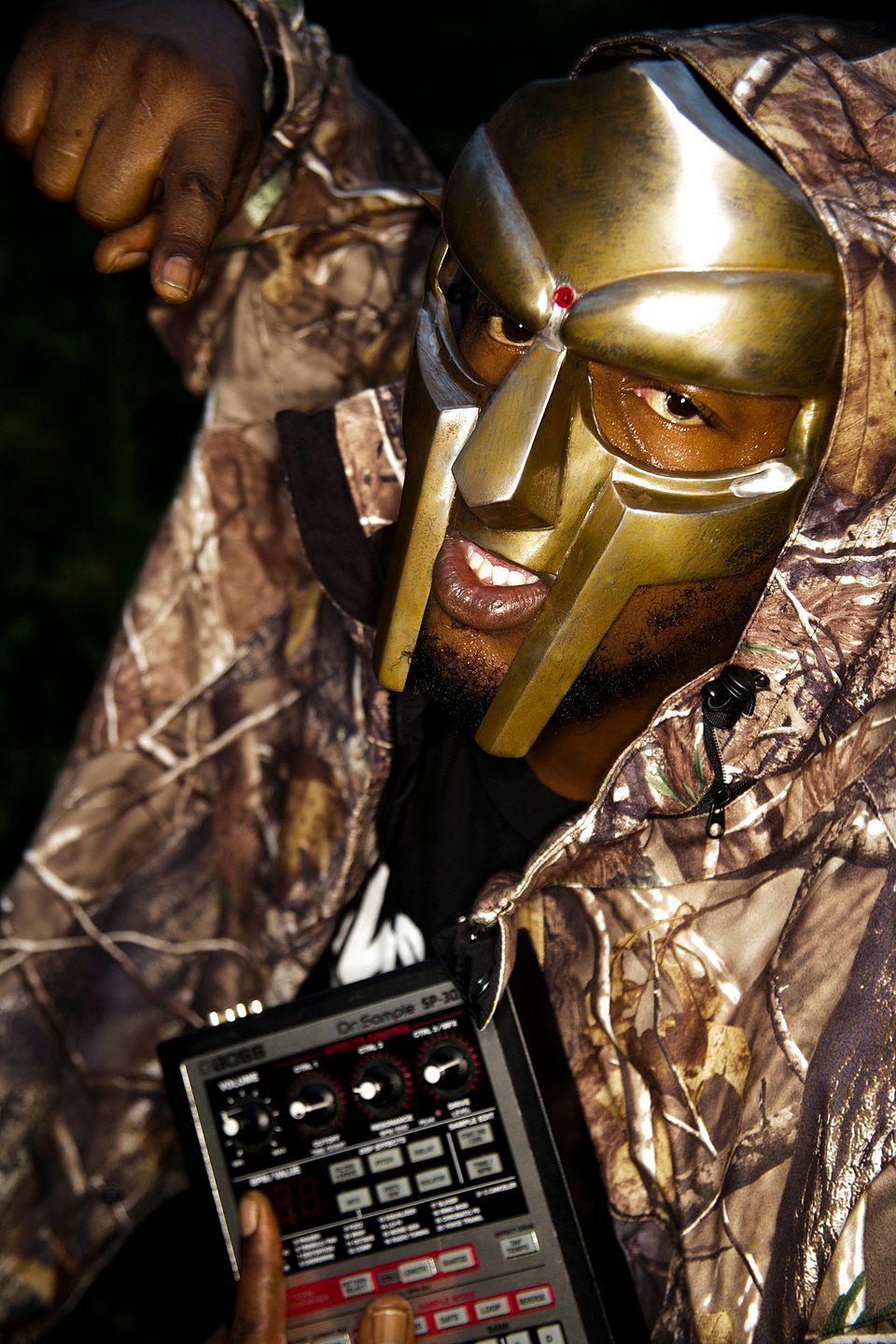
MF DOOM
After an early run at hip hop success ended in the tragic death of his brother and bandmate, British-American MC Daniel Dumile reinvented himself. Donning a Doctor Doom-inspired mask, he reemerged in the late '90s with a brand new identity that put him solidly on the forefront of the rap scene.
Known as DOOM, Dumile rarely performed unmasked, and sometimes event sent impostors to his shows to add even more layers of mystery and meta-performance. Fans embraced the MF DOOM persona in part because of the character and in part because of his meticulous, sample-based production and killer flow. On hits like "Doomsday" and "Accordion" DOOM's beats, crate-digging instincts, and surreal rhyme schemes reveal him as a hip hop virtuoso.
In a prolific career spanning over 20 years, DOOM inspired a cult-like following that continues to idolize his mask and music after his passing in 2020.
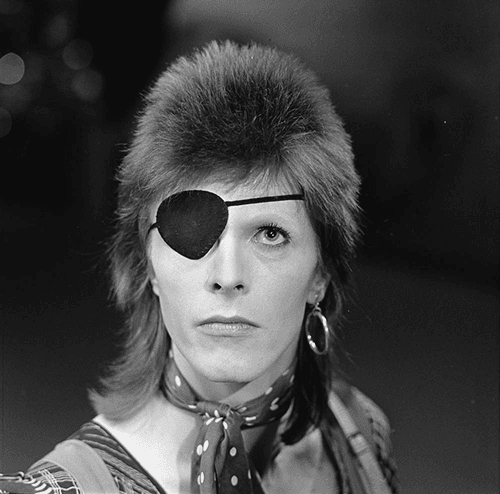
David Bowie
He wasn't a secret– in fact, he was one of the most famous musicians on the planet– but few artists embodied transformation quite like David Bowie.
From the late ’60s through the ’70s and beyond, Bowie used makeup, costumes, and characters to reinvent himself over and over again—most famously as Ziggy Stardust. Unlike bands who hid behind a single mask, Bowie’s genius lay in constantly changing his.
With personas including Ziggy, Aladdin Sane, and the Thin White Duke, saying nothing of the "Labyrinth" phase, Bowie wore many "masks" that allowed for self-reinvention and artistic experimentation. Bowie was always in flux. He famously “retired” Ziggy Stardust on stage in 1973, only to reinvent himself again months later. Bowie’s face was never hidden forever—it was more like a canvas for reinvention.
Fans embraced just about every shift, with Bowie’s unpredictability becoming part of his appeal. His otherworldly looks and gender-bending presentation were revolutionary, inspiring countless artists to embrace theatricality and fluidity.
Surrounding himself with guitar virtuosos like Mick Ronson and, for a time, Stevie Ray Vaughan, Bowie's music was primarily driven by his songwriting genius and experimentation— but he was an accomplished player in his own right, whether on a 12-string acoustic, strumming glam rock riffs, or experimenting with electronics in Berlin. The full spectrum of his catalog is insanely wide, but check out "Starman," "Ashes to Ashes," and "Sound and Vision" for a taste of Bowie's range.
Other Posts you may like

Guitar Strings Order: How the Guitar is Tuned and Why

Two Handed Tapping: Our Top 8 Tappers of All Time
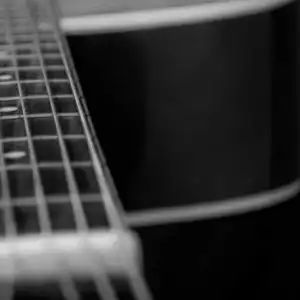
Which Guitar Strings Wear Your Fret Wire Down More?
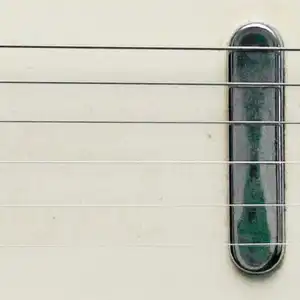
What is Nashville Tuning? Its History, Best Guitar Strings & Uses
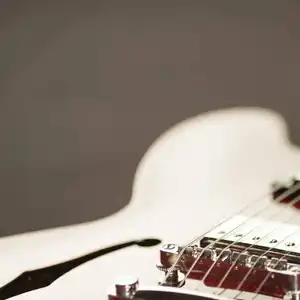
Guitar Scale Length Explained: String Tension & Playability
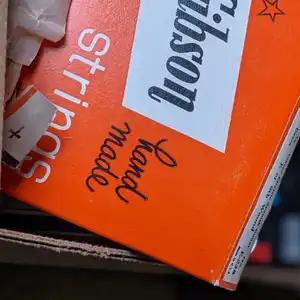
What Guitar Strings I Used To Play...
0 Responses
Leave a Reply
Your email address will not be published. Required fields are marked *

